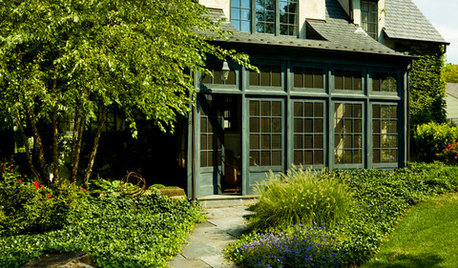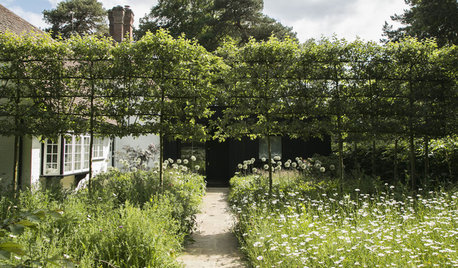Growth Rate English Laurel (starting at 3')?
Wayne Reibold
15 years ago
Featured Answer
Comments (25)
muddydogs
15 years agoEmbothrium
15 years agoRelated Professionals
Seabrook Landscape Architects & Landscape Designers · Allentown Landscape Contractors · Brookfield Landscape Contractors · Cliffside Park Landscape Contractors · Deer Park Landscape Contractors · Goodlettsville Landscape Contractors · Lakewood Landscape Contractors · Long Branch Landscape Contractors · McLean Landscape Contractors · Red Oak Landscape Contractors · River Ridge Landscape Contractors · Selma Landscape Contractors · Mesa Fence Contractors · San Pedro Fence Contractors · San Lorenzo Fence Contractorscascadians
15 years agoannzgw
15 years agocherylco
15 years agogardengal48 (PNW Z8/9)
15 years agoEmbothrium
15 years agopepperdude
15 years agogardengal48 (PNW Z8/9)
15 years agoEmbothrium
15 years agocherylco
15 years agoEmbothrium
15 years agomuddydogs
15 years agoEmbothrium
15 years agobuyorsell888
15 years agoEmbothrium
15 years agopepperdude
15 years agoEmbothrium
15 years agopepperdude
15 years agoEmbothrium
15 years agomy_undoing
13 years agoEmbothrium
13 years agogrrrnthumb
13 years agoEmbothrium
13 years ago
Related Stories

HOUZZ TOURSMy Houzz: English Cottage Style Graces a Home Bathed in Light
Starting with a bare lot, a downsizing Illinois couple builds a fitting home that welcomes the sun everywhere you turn
Full Story
ARCHITECTUREDesign Practice: How to Start Your Architecture Business
Pro to pro: Get your architecture or design practice out of your daydreams and into reality with these initial moves
Full Story
GARDENING GUIDESHow to Stop Worrying and Start Loving Clay Soil
Clay has many more benefits than you might imagine
Full Story
CONTRACTOR TIPS10 Things to Discuss With Your Contractor Before Work Starts
Have a meeting a week before hammers and shovels fly to make sure everyone’s on the same page
Full Story
HOUZZ TOURSHouzz Tour: New Love and a Fresh Start in a Midcentury Ranch House
A Nashville couple, both interior designers, fall for a neglected 1960 home. Their renovation story has a happy ending
Full Story
GARDENING AND LANDSCAPINGCrab Apple Trees Set Off a Stylish English Courtyard
A structure of pleached crab apple trees, bordered by a wildflower meadow, links a minimalist addition to an old house in Buckinghamshire
Full Story
LANDSCAPE DESIGNPretty Trees for Patios, Paths and Other Tight Spots
Choose trees for their size, shape and rate of growth — or shape them to fit your space. Here's how to get started
Full Story
GROUND COVERSNative Alternatives to English Ivy, Japanese Pachysandra and Periwinkle
These shade-loving ground covers are good for the environment and say something about where you are
Full Story
GARDENING GUIDESGreat Garden Combo: 3 Wonderful Plants for a Deer-Resistant Screen
Protect your privacy and keep deer at bay with a planting trio that turns a problem garden area into a highlight
Full Story
GARDENING FOR BUTTERFLIES3 Ways Native Plants Make Gardening So Much Better
You probably know about the lower maintenance. But native plants' other benefits go far beyond a little less watering and weeding
Full StoryMore Discussions








gardengal48 (PNW Z8/9)